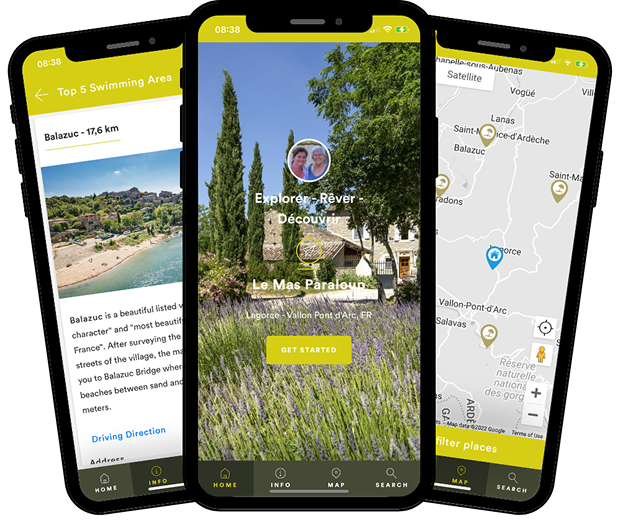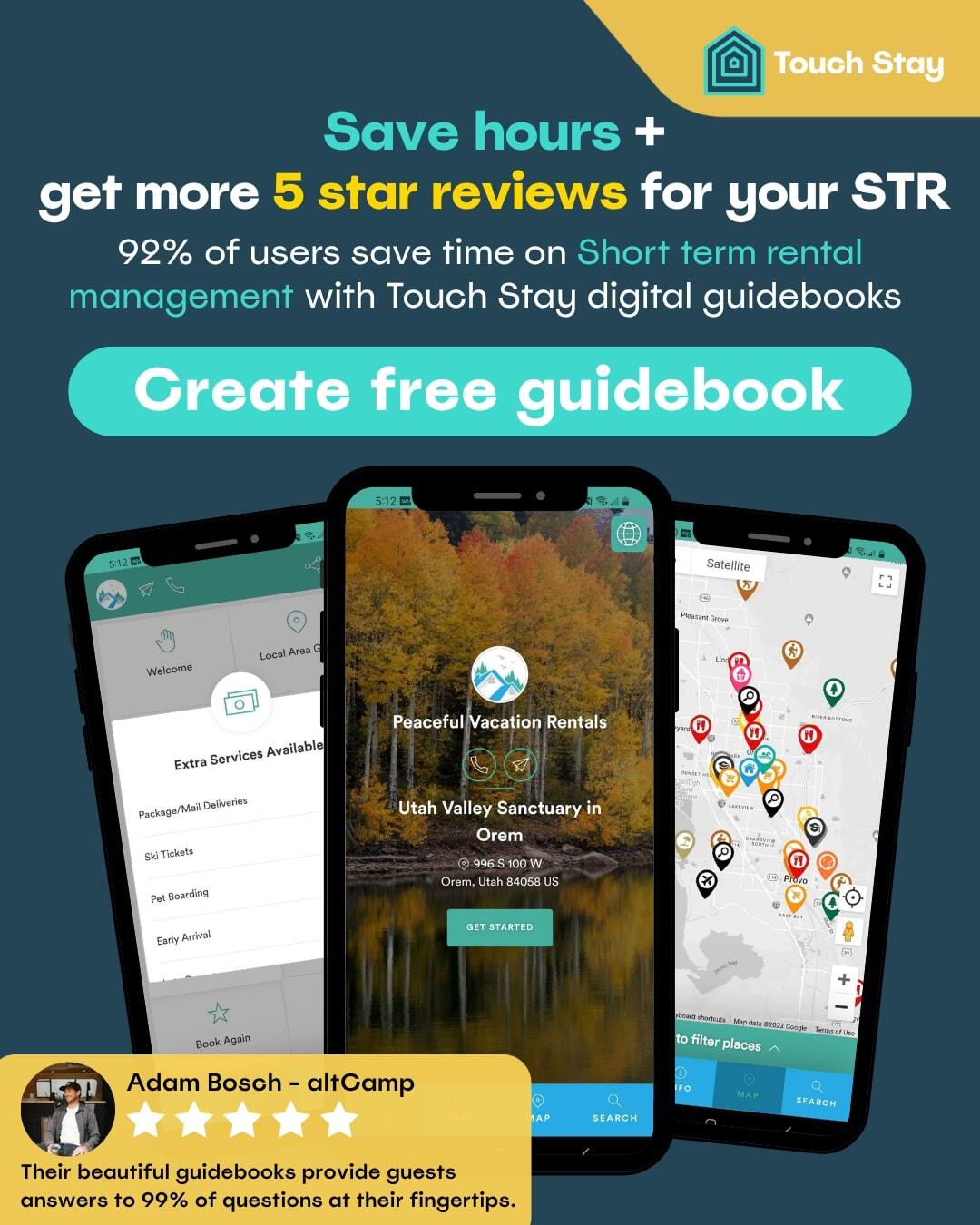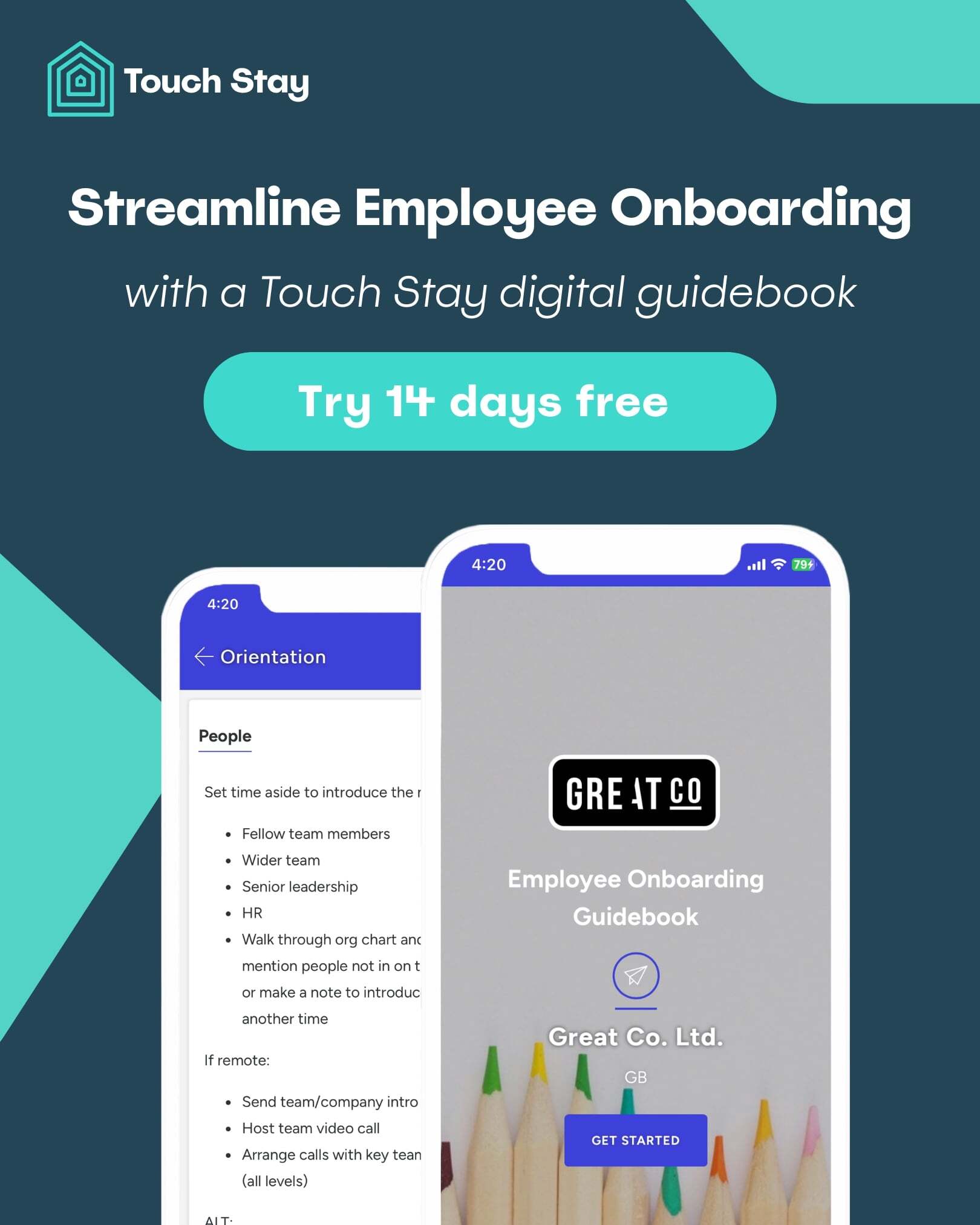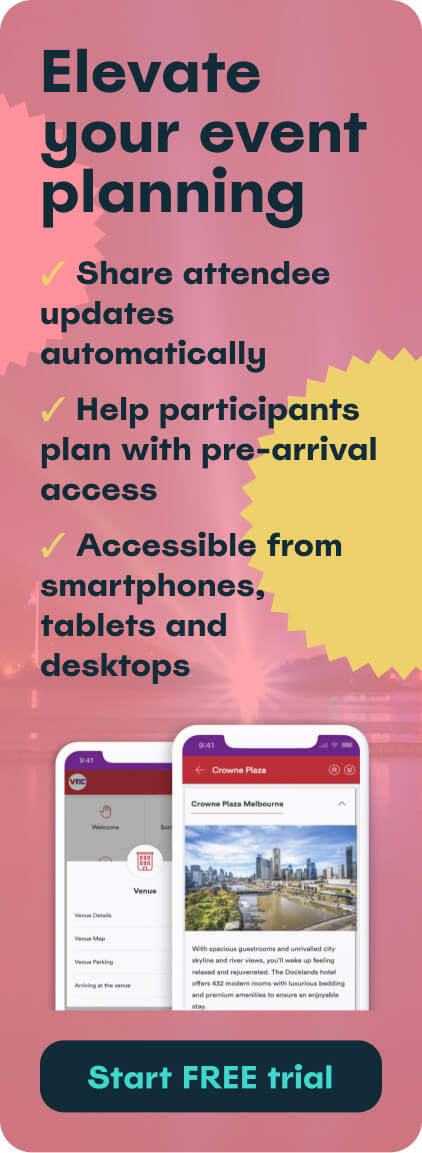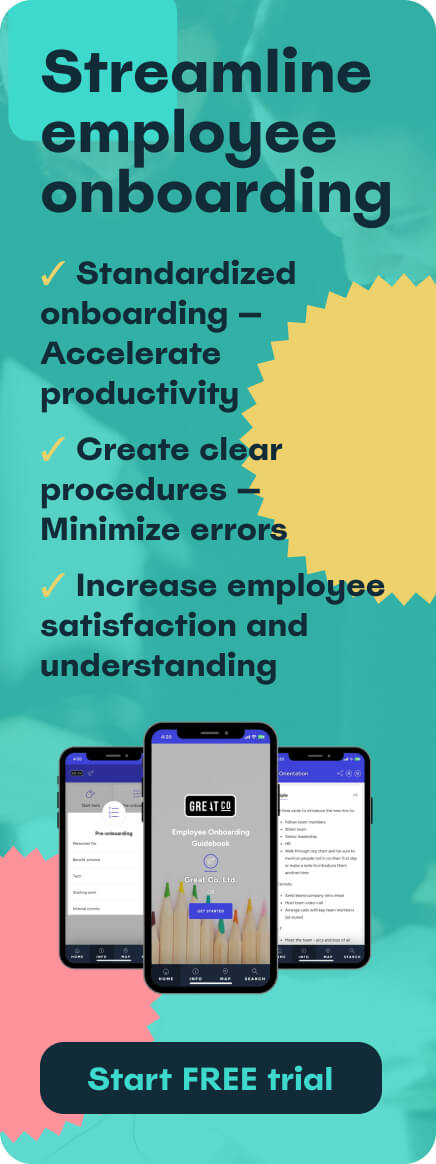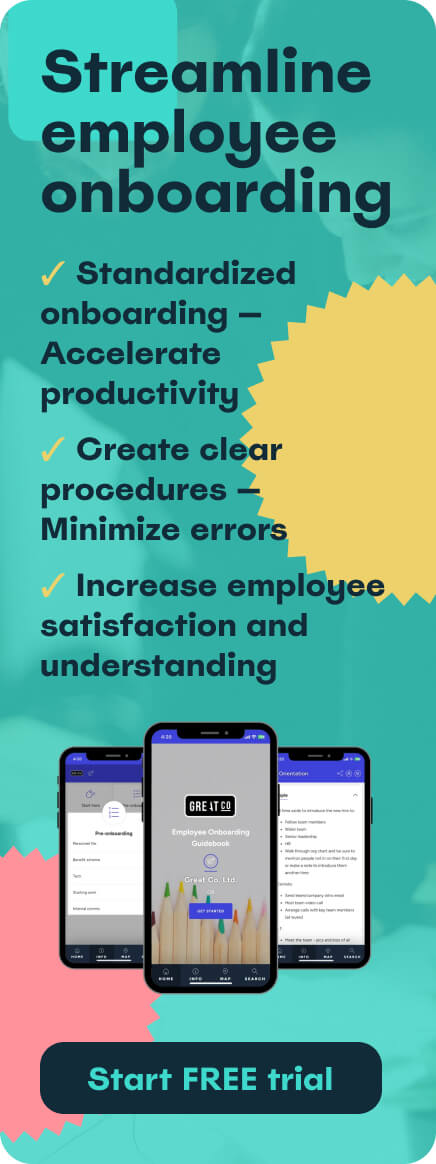The property rental market is constantly evolving, with new opportunities emerging. One increasingly popular model is the medium-term rental, a flexible option bridging short-term holiday lets and long-term residential leases. As we move into 2025, understanding this dynamic segment is crucial for maximising property potential or finding suitable accommodation.
This comprehensive guide delves into medium-term rentals, covering their characteristics, differences from other rental types, target beneficiaries, effective pricing, strategies for success, as well as using a digital guidebook for mid-term rental success. Here’s a quick overview of what we'll cover:
- What is a medium-term rental?
- Main characteristics of medium-term rentals
- Short-term vs. mid-term vs. long-term rentals: What are the differences?
- Who benefits from mid-term rentals?
- Types of mid-term rentals
- Pros of mid-term rentals
- Cons of mid-term rentals
- How to price medium-term rentals
- How to succeed in the mid-term rental market
- Best platforms for listing medium-term rentals
- What to include in a medium-term rental lease
- Frequently asked questions
Ready to turboboost your mid-term rentals? Create your digital guidebook today!
Generate your guidebook in seconds
Simply paste your Airbnb or Booking listing link.
What is a medium-term rental?
A medium-term rental, often called a mid-term rental or midterm rental, typically lasts longer than a holiday let but shorter than a long-term tenancy. It offers flexibility and stability, generally ranging from one month to twelve months. This accommodation appeals to those needing temporary housing for specific purposes, providing a furnished home-away-from-home without a year-long lease commitment.
Main characteristics of medium-term rentals
Mid term rentals are defined by several distinct characteristics:
- Flexible Lease Durations: Typically 1 to 12 months.
- Fully Furnished Properties: Most come fully furnished with essentials.
- All-Inclusive Utilities: Utilities like electricity, water, gas, and internet are often included.
- Targeted Tenant Demographics: Attracts professionals, nurses, students, remote workers, and individuals in transition.
- Strategic Pricing Model: Higher monthly rates than long-term, lower than short-term nightly rates.
- Reduced Turnover: Less frequent guest changes than short-term lets.
- Digital Guidebooks are Essential: Comprehensive digital guidebooks (like Touch Stay) are crucial for guest experience and reduced questions.
Short-term vs. mid-term vs. long-term rentals: What are the differences?
Understanding the distinctions between short-term, mid term rentals, and long-term accommodation is fundamental for any property owner.
| Feature | Short-term rental | Mid-term rental | Long-term rental |
| Duration | 1 night to a few weeks (under 30 days) | 1 to 12 months (30 days to 1 year) | 1 year or more (12 months+) |
| Furnishings | Always fully furnished | Usually fully furnished | Unfurnished or partially furnished |
| Utilities | Always included | Usually included | Paid separately by tenant |
| Tenant type | Tourists, holidaymakers, short business trips | Professionals, nurses, students, relocators | Residents seeking permanent homes |
| Income stability | Highly variable, seasonal | More stable than short-term, less than long-term | Most stable, consistent income |
| Maintenance | High frequency | Moderate frequency | Low frequency |
| Regulations | Highly regulated | Less regulated than short-term | Well-established landlord-tenant laws |
| Pricing | Highest nightly rate | Moderate monthly rate | Lowest monthly rate |
| Turnover | Very high | Moderate | Very low |
Short-term rental
Short-term rentals, common on platforms like Airbnb, are for brief stays (up to a few weeks). They are fully furnished, catering to tourists and short business trips. They offer high income but demand frequent cleaning and navigating strict regulations.
Pro tip: Learn more about how to successfully start a short-term rental.
Mid-term rental
A mid term rental (MTR) is a versatile accommodation solution for 1 to 12 months. These properties are typically furnished with utilities included, appealing to those on temporary assignments, medical professionals, or students. What is a mid term rental truly about? It provides flexibility, offering more stable income than short-term lets and greater adaptability than long-term leases, often helping hosts navigate stringent short-term regulations.
Long-term rental
Long-term rentals are traditional leases for a year or more. Properties are usually unfurnished, with tenants paying utilities. This model offers stable income for landlords with minimal turnover. Tenants benefit from permanence and personalising their space. While monthly income is lower than for medium term rentals, consistency and reduced operational burden are key. Find out more about long-term Airbnb rentals.
Who benefits from mid-term rentals?
Mid term rentals cater to a diverse group seeking temporary, flexible living:
- Corporate Professionals: On temporary assignments or extended business trips.
- Travelling Nurses and Medical Professionals: Due to contract-based work.
- Students and Academics: On internships, exchange programmes, or short courses.
- Individuals Relocating: Needing temporary housing while finding a permanent home.
- Remote Workers and Digital Nomads: Seeking extended stays for work and travel.
- Individuals Undergoing Home Renovations: Homeowners needing alternative accommodation.
Types of mid-term rentals
The versatility of mid term rentals means they come in various forms:
Private room rentals
Offering a private room in a shared house, popular among students, single professionals, or travelling nurses who prioritise affordability.
Apartments
Entire apartments (studios to multi-bedroom) ideal for corporate transferees, families, or groups, offering privacy and space.
Shared accommodations
Multiple individual tenants renting separate rooms in a larger property, a cost-effective solution fostering a community feel.
Corporate housing
Premium, fully furnished apartments for business travellers, located near business districts with enhanced amenities.
Pro tip: Learn how to attract business travellers to your rental and keep them happy
Vacation rentals
Many can be adapted for mid term rentals during off-peak seasons, offering discounted rates for longer stays to fill booking gaps.
Pros of mid-term rentals
Embracing the midterm rental model offers compelling benefits for property owners.
1. Compliance with short-term rental regulations
Medium term rentals often avoid strict short-term rental regulations (e.g., licensing) by exceeding typical 30-day minimum stays. This offers hosts greater operational freedom and reduces administrative burdens.
Pro tip: Discover more about Airbnb regulations by state: a comprehensive guide for hosts & investors
2. More stable income
Unlike seasonal short-term rentals, midterm rentals provide consistent income with leases extending for several months. This predictability aids financial planning, often leading to higher overall annual occupancy.
3. Lower fees and operating costs
Operational costs are lower than short-term lets due to reduced turnover. This means fewer cleaning services, less frequent linen laundering, and lower utility consumption. Hosts also save on platform commissions, boosting profit margins.
4. More consistent tenants
Medium term rentals attract reliable tenants like professionals and students, who are typically more respectful of the property. The longer stay allows for a more thorough vetting process, securing responsible occupants.
Cons of mid-term rentals
While advantageous, prospective hosts should be aware of potential drawbacks.
1. Increased turnover compared to long-term
Midterm rentals have more frequent guest changes than long-term leases, requiring more management of bookings and preparations. Each turnover incurs costs for cleaning and maintenance.
2. Higher maintenance requirements
Due to more frequent turnover and the expectation of fully furnished spaces, medium term rentals generally have higher maintenance needs. Hosts must ensure appliances and furnishings are in good condition and perform regular cleaning.
3. Occasional difficult tenants
Despite vetting, encountering difficult tenants is possible. Issues like late rent or property damage can arise. The longer lease duration means resolving problems can be a prolonged process.
4. More complex lease agreements
Medium term rental agreements can be complex. They must clearly define duration, included services, and conditions for early termination. Crafting a comprehensive, flexible lease requires careful attention.
Take your mid-term rental hosting to the next level with a Touch Stay digital guidebook!
How to price medium-term rentals
Setting the right price for your medium term rental is critical for success.
1. Analyse the local market
Thorough research is key. Examine comparable medium term rentals in your area to understand typical rates, features, and demand. Local economic trends also influence pricing.
Pro tip: Check out our Top STR industry trends in 2025: what hosts must know to stay competitive
2. Understand your target tenants
Different tenant demographics have varying budgets. Tailor your pricing to attract your ideal tenant, whether they are budget-conscious or seeking premium accommodation.
3. Check your competitors
Analyse direct competitors offering similar mid term rentals. Identify their pricing, amenities, and occupancy rates to strategically position your property.
4. Calculate your costs and desired profit
Determine all your expenses: mortgage, taxes, insurance, utilities, maintenance, and fees. Calculate your break-even point and factor in your desired profit margin for a healthy return.
5. Don’t forget about amenities and inclusions
Quality amenities (e.g., equipped kitchen, Wi-Fi, laundry) and included utilities significantly impact your property's value. These additions can justify higher rental rates and attract discerning tenants.
Want to learn more about pricing strategies? Check out our Comprehensive pricing guide to maximise your rental revenue
How to succeed in the mid-term rental market
Thriving in the midterm rental market requires strategic planning and excellent guest management.
1. Set competitive prices
Regularly review and adjust your midterm rental pricing. Offer discounts for longer stays or off-season bookings. Dynamic pricing can maximise revenue, ensuring your pricing reflects your property's value.
2. Invest in quality amenities and furnishings
For medium term rentals, invest in comfortable, durable furnishings and reliable appliances. Provide essentials like a dedicated workspace and good internet. These investments enhance the guest experience and justify higher rates.
3. Create digital welcome books for mid-term rentals
Touch Stay is invaluable here. A comprehensive digital welcome book significantly reduces guest questions. Include:
- Wi-Fi details
- Appliance instructions
- Local amenities
- Emergency contacts
- Check-in/check-out procedures
- House rules
Leveraging Touch Stay provides a seamless, stress-free experience, boosting satisfaction and reviews.
4. List your rental on popular platforms
Maximise visibility by listing on platforms specific to mid term rentals (e.g., Furnished Finder) or those with extended stay options (e.g., Airbnb). Use high-quality photos and detailed, keyword-rich descriptions.
5. Ask previous tenants for reviews
Positive reviews build trust and attract new tenants. Encourage satisfied guests to leave reviews on booking platforms or your direct site. Testimonials are powerful social proof.
6. Respond quickly to tenant questions and concerns
Prompt and effective communication is crucial. Being responsive to issues ensures minor problems don't escalate, leading to a positive tenant experience.
7. Stay informed on rental trends
The mid term rentals market evolves. Stay updated on regulations, demand shifts, and new technologies. Networking and industry insights help adapt your strategy.
Best platforms for listing medium-term rentals
Choosing the right platform for your mid term rental is crucial for reaching your target audience.
- Furnished Finder: Popular for travelling nurses and medical professionals.
- Airbnb (with monthly options): Offers monthly discounts, great for broad audience reach.
- Booking.com (with extended stay options): Caters to longer stays, especially corporate clients.
- HousingAnywhere: Designed for international students and young professionals.
- Zillow or Rightmove (with flexible lease terms): Effective for local audiences if terms are clear.
- Corporate Housing Platforms: Specialised sites for businesses seeking medium term rentals.
- University Housing Boards: Ideal for attracting students and visiting academics near universities.
- Local Social Media Groups: Effective for finding tenants with lower (or no) listing fees.
What to include in a medium-term rental lease
A well-crafted lease agreement protects both host and tenant. It must be comprehensive, especially regarding early termination and extensions.
A medium term rental agreement should contain:
- Parties Involved: Full names and contact info for host and all tenants.
- Property Address: Complete address of the midterm rental.
- Length of Tenancy: Exact start and end dates.
- Rent Amount and Due Date: Monthly rent, due date, and payment methods.
- Security Deposit: Amount and conditions for return/deductions.
- Utilities and Inclusions: Clear list of all included utilities and services.
- House Rules: Specific rules (e.g., occupancy, pets, smoking, guests).
- Maintenance and Repairs: Responsibilities for reporting and handling issues.
- Access to Property: Terms for host access, including notice periods.
- Furnishings and Inventory List: Detailed list of provided items and their condition.
- Early Termination Clause: Conditions and penalties for early lease termination.
- Lease Extension Option: Details for extending the lease, if applicable.
- Emergency Contact Information: Key contacts for emergencies.
- Governing Law: The jurisdiction governing the agreement.
- Signatures: Signatures of all parties.
Create your Touch Stay digital guidebook today and start reclaiming your precious time.
Frequently asked questions
A good midterm rental offers home comfort with lease flexibility. It's fully furnished, includes utilities, has a clear lease, and is supported by excellent host communication. Location also enhances its appeal.
Medium-term accommodation typically ranges from one month to twelve months. This timeframe distinguishes it from shorter holiday lets and longer annual residential leases.
A medium-term lease is a rental agreement for tenancies lasting between one and twelve months. It's more flexible than a long-term lease but provides more formality and stability than a short-term booking.
MTR stands for Mid-Term Rental in real estate. It refers to properties rented for durations between typical short-term and long-term accommodation.
No, a 3-month rental is not considered a short-term rental. Short-term rentals are typically under 30 days. A 3-month rental falls squarely within the definition of a mid term rental or medium term rental.

Ned
Ned has clocked up over 11 years in digital marketing and comms, with a strong focus on creating engaging content for a range of brands and agencies. When he’s not writing, he can be found digging for records, peering through his telescope at the night sky, or onboard his local lifeboat where he volunteers as a crewmember.
Be the first to know!
Join our newsletter for early access to:
- ✅ Free guides
- ✅ Pro tips & tricks
- ✅ Time saving tutorials
- ✅ Latest blog posts
- ✅ Checklists & templates

